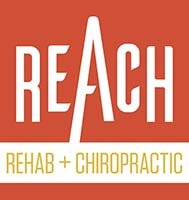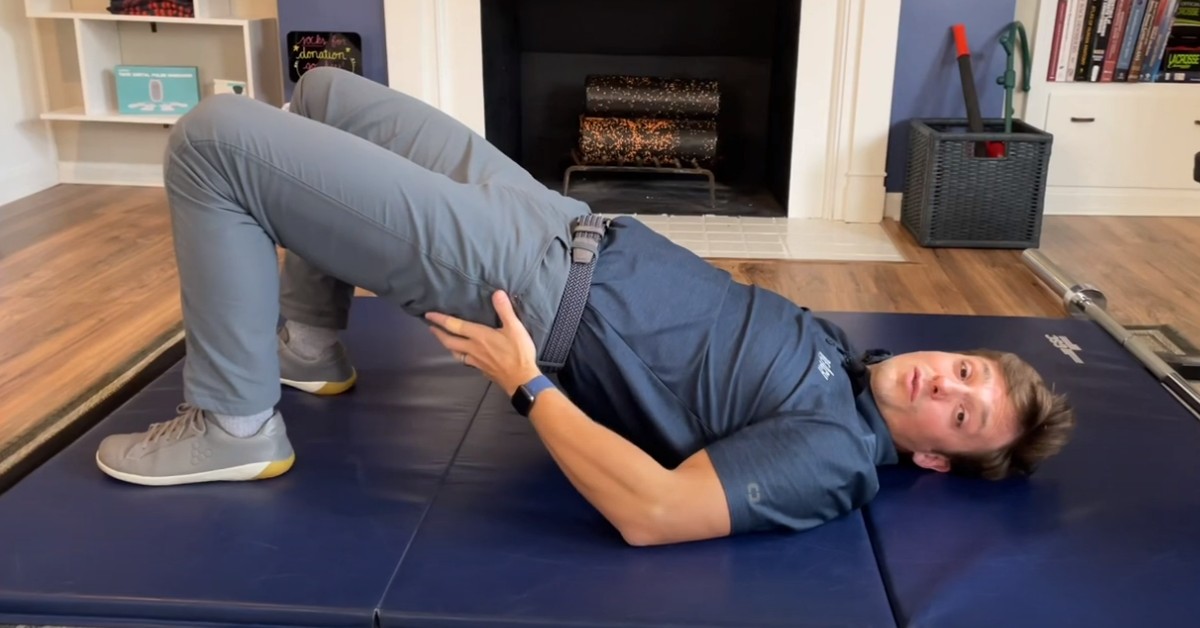How Improper Glute Bridges Can Cause Back Pain
The gluteus maximus, or glutes, is among the largest and strongest muscles in the human body. It supports forward movement and allows us to walk and run. This article will explain how to glute bridge without back pain.
Many people include glute bridges in their workouts to strengthen their hips and low back. The exercise involves lying on your back with your knees bent and lifting your hips, which is effective but can also cause lower back pain. If you can’t glute bridge without back pain, you might think about giving up on the exercise.
Instead, if you’re asking, “Why do my glute bridges hurt?” the answer is most likely related to your form and technique. It’s common to bridge too high, causing a spinal curve and turning the exercise from a glute bridge to a back bridge. Essentially, you’re taking the burden off the glutes and putting it on the lower back muscles, causing compression, tension, and pain.
Fix Your Alignment
Making some changes to your technique can allow you to glute bridge without back pain. The first step is to focus on the alignment, as improper alignment makes it easy to shift into a painful back bridge. Correct alignment also ensures a good stretch in the front of the hips from the exercise.
To ensure back pain doesn’t occur, align the bottom of your rib cage with your pelvis. When you lie on the floor, the spine’s natural curve creates a small space between your back and the floor. Press your lower back onto the floor to close the gap, aligning your pelvis and ribs.
When you are correctly aligned, you won’t be able to lift your hips as high. You should feel the stretch in your hips and a glute contraction. If your range of motion allows you to raise your hips too high, you must correct and maintain your alignment.
Breathe Correctly
Breath control is vital to any exercise. Proper alignment and positioning help you generate more intra-abdominal pressure with your breath, ultimately helping to prevent back pain.
Before you raise your hips into a bridge position, breathe deeply into your abdomen. With every breath, you should feel your core muscles expand all the way around, from your abs to your back. If you cannot breathe deeply, adjust your alignment.
Breath control during a glute bridge does more than provide oxygen to your blood. The deep “belly breathing” engages your core muscles, diaphragm, and pelvic floor, creating intra-abdominal pressure that gives you more stability during the exercise. The stronger and more stable your core is, the more likely you can perform a glute bridge without back pain.
Practicing this type of deep breathing can help stabilize your back and reduce pain over time. It helps your muscles work together, increasing their strength and stability and reducing discomfort.
Control Your Motion
Maintaining correct alignment throughout the entire glute bridge is vital to getting the most from the exercise. If you don’t maintain proper form, you’re likely to inadvertently slip into doing a back bridge. Not only can this cause back pain, but it will also keep you from getting the maximum benefit to your glutes.
While doing glute bridges as part of your daily workout, be mindful of your positioning and take the time to maintain the proper form throughout the entire stretch. Focus on keeping your rib cage and pelvis aligned and breathing deeply. You’ll feel your glutes contracting and not lower back pain when you do.
If you want to learn more about how to glute bridge without back pain or how the core works, check out REACH Rehab + Chiropractic’s Core Strength and Stability online course.
Glute Bridge Without Back Pain | REACH Rehab + Chiropractic in Plymouth, Michigan
If you are living with back pain and need a chiropractor in Plymouth, MI, make an appointment at REACH Rehab + Chiropractic. Our experienced team can help identify the source of the pain and alleviate it with an integrated, nonsurgical approach to care.
We want to empower you to live the healthiest life possible. Schedule an appointment or call us today at (734) 530-9134 to learn more about how we can help you feel stronger and have less pain during your daily activities.


